Have you ever gazed into a gemstone and felt like you were witnessing a miniature light show unfold before your eyes? That mesmerizing spectacle is no illusion; it is the Play of Colour phenomenon, and no gem showcases it more brilliantly than the opal. With every subtle movement, opals burst into shifting flashes of red, green, blue, and gold, as if the stone itself is alive and dancing with light. This captivating natural effect has made opals some of the most enchanting and sought-after gemstones in the world. But what exactly causes this magical display?
1. Opal – The gem that dances with light and tells a story from the earth
Among all gemstones, opal holds a special place, not because it’s the hardest or the most brilliant, but because of its unique ability to reflect moving colors like no other. This magical display is known as the play of colour phenomenon, and it’s what earned opal the poetic nickname: the gem that dances with light.
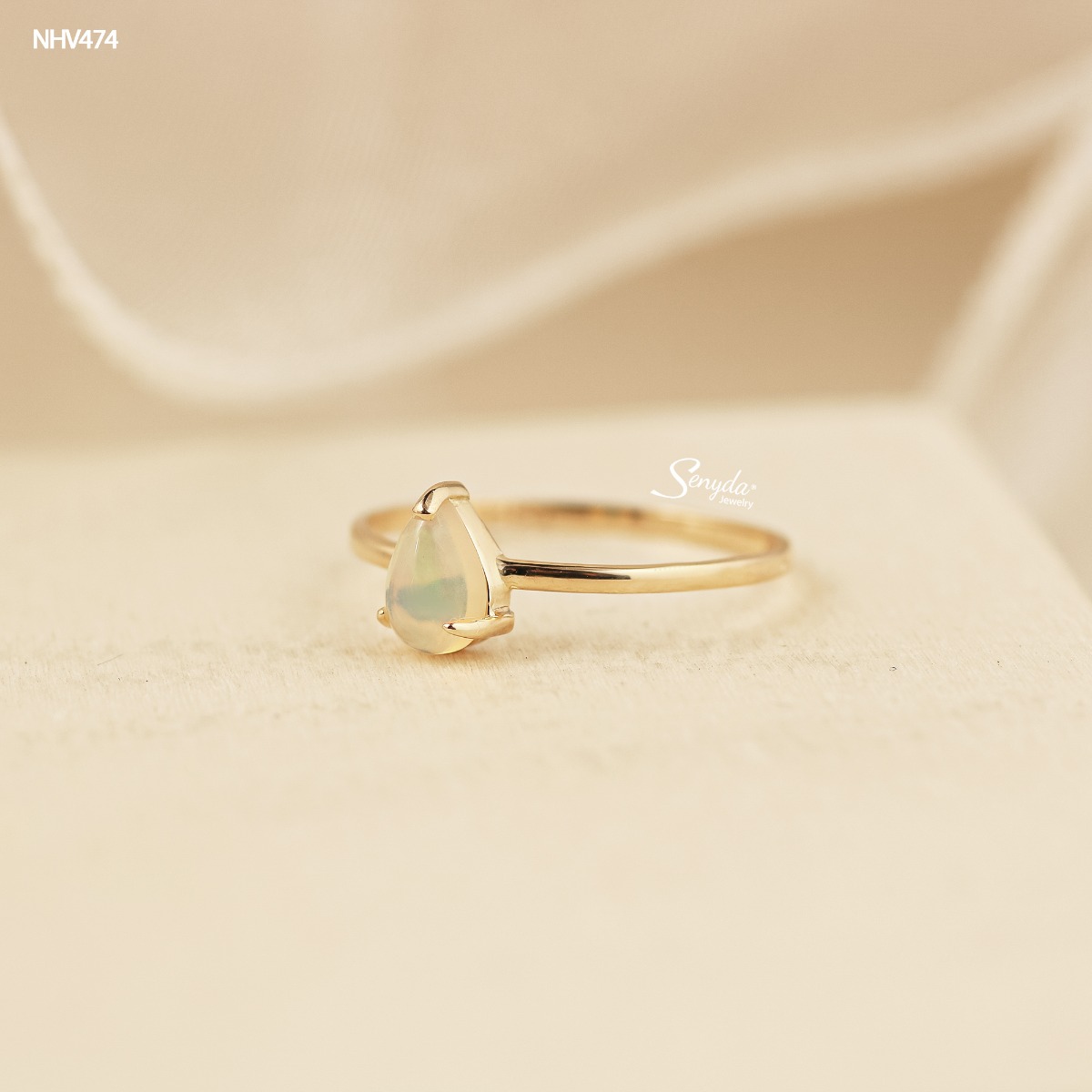
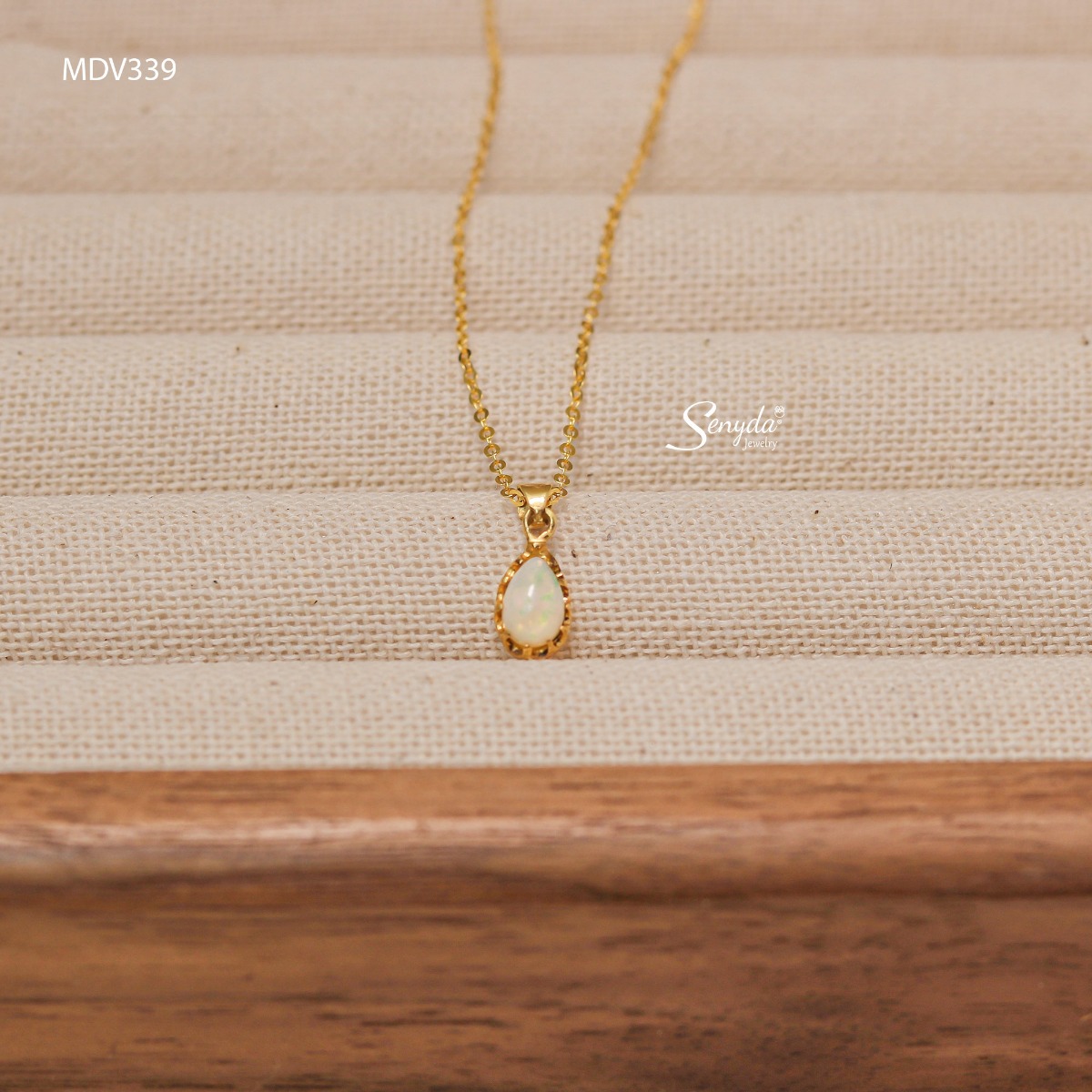
Play of colour phenomenon in Opals: The magical light dance within the stone
1.1 The origin of opal
The origin of opal is a fascinating story shaped by water, patience, and the passage of time. Long ago, rainwater seeped into the ground, carrying dissolved silica deep into cracks and empty spaces in rocks. As the water slowly evaporated, tiny deposits of silica were left behind. Over thousands or even millions of years, these deposits built up and eventually formed opal. Unlike many gemstones that require intense pressure and heat, opal is formed gently and naturally.
Today, Australia is the richest source of opal, producing the majority of the world's supply. Other important sources include Mexico, Brazil, Ethiopia, and the United States, each known for distinct types of opals with their characteristics.
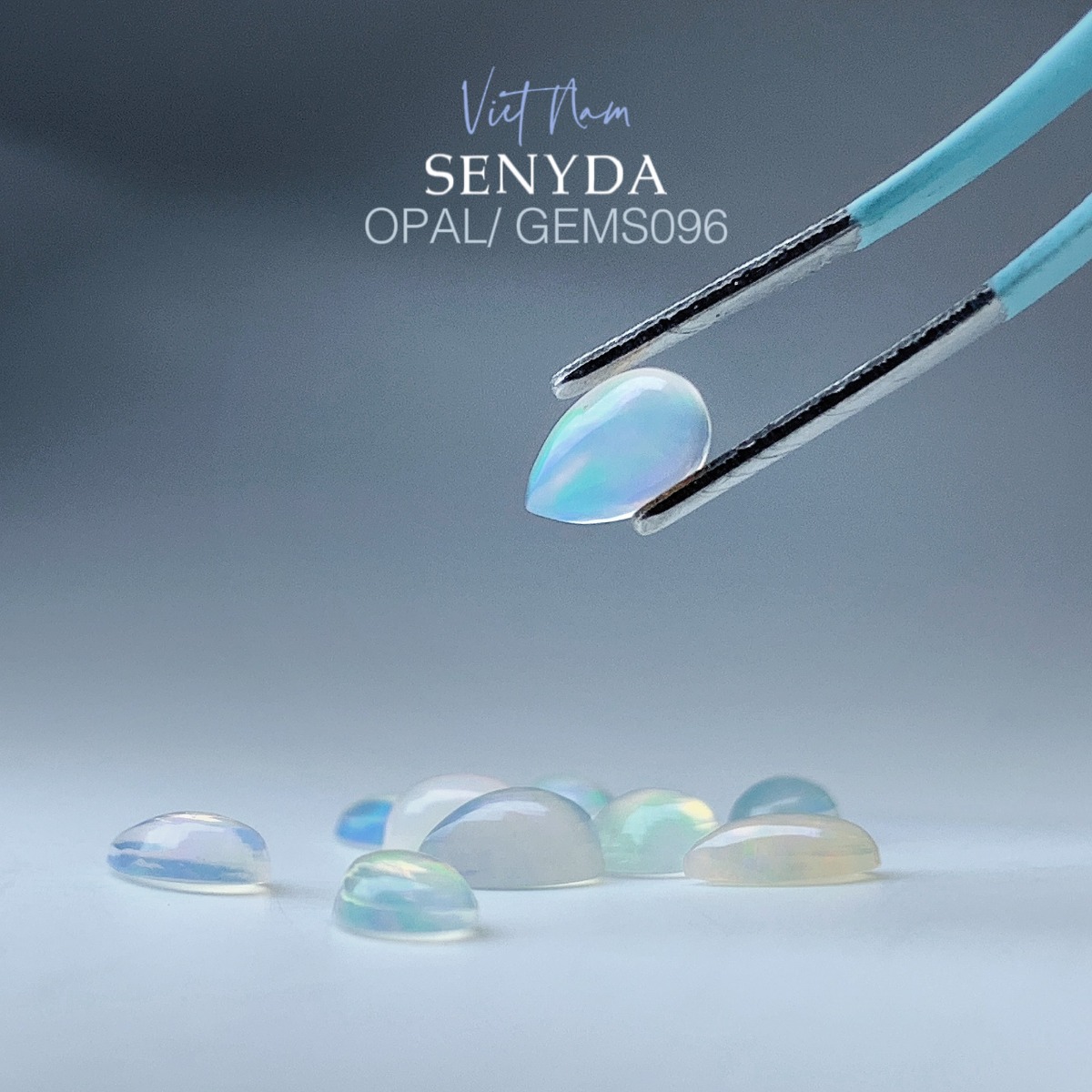
Play of colour phenomenon in Opals: The magical light dance within the stone
1.2 Characteristics
From a scientific perspective, opal is composed primarily of hydrated silica, which means it contains both silica and water. Its chemical formula is written as SiO₂·nH₂O, showing that water is an essential part of its structure. This composition plays a key role in its appearance and physical properties, especially its delicate texture and sensitivity to temperature and dryness.
What makes opal even more fascinating is its lack of a crystal structure. Instead, it is made up of millions of tiny silica spheres arranged in a closely packed pattern. When light enters the stone, it bends and diffracts through these spheres, creating flashes of rainbow-like color. This is the magic behind the play of colour phenomenon. The colors appear to move, shift, and dance depending on the angle of the light and the viewer’s perspective.
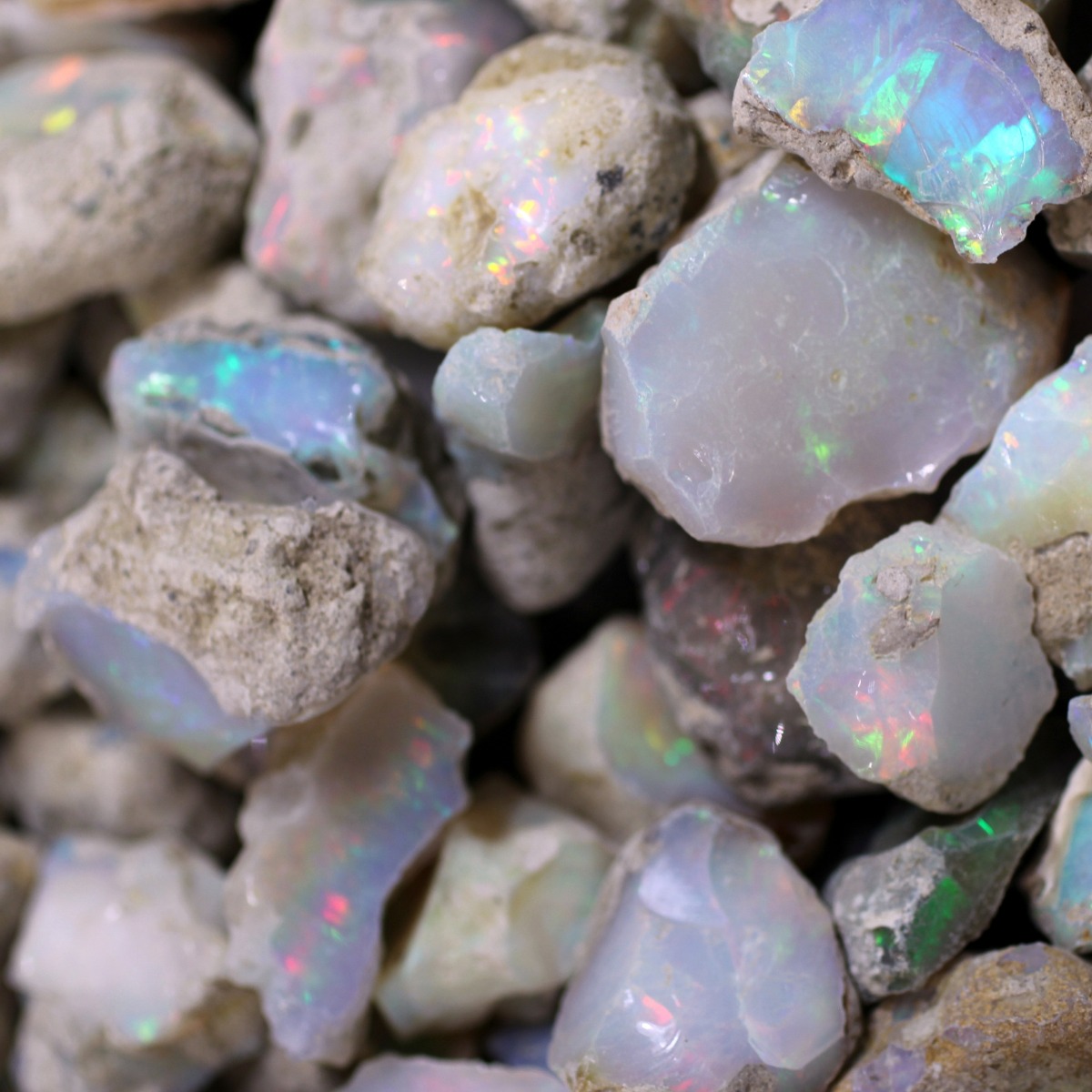
Play of colour phenomenon in Opals: The magical light dance within the stone
1.3 Colour
Opals come in an incredible range of colors. Some are milky white and dreamy, others are dark and mysterious with brilliant fire. You will find opals in warm orange, deep blue, grassy green, gentle pink, and even completely transparent forms. No two opals are ever alike, which is why they are so loved by collectors and designers. Among the most prized are black opals, known for their dramatic contrast and vibrant colors, and Mexican fire opals, famous for their warm glowing tones.
At its core, opal is a gem full of emotion. Thanks to the play of colour phenomenon, each stone becomes a tiny world of shifting light and living beauty. It is not just a gem to be admired, but one that tells a story, one that continues to move with you.
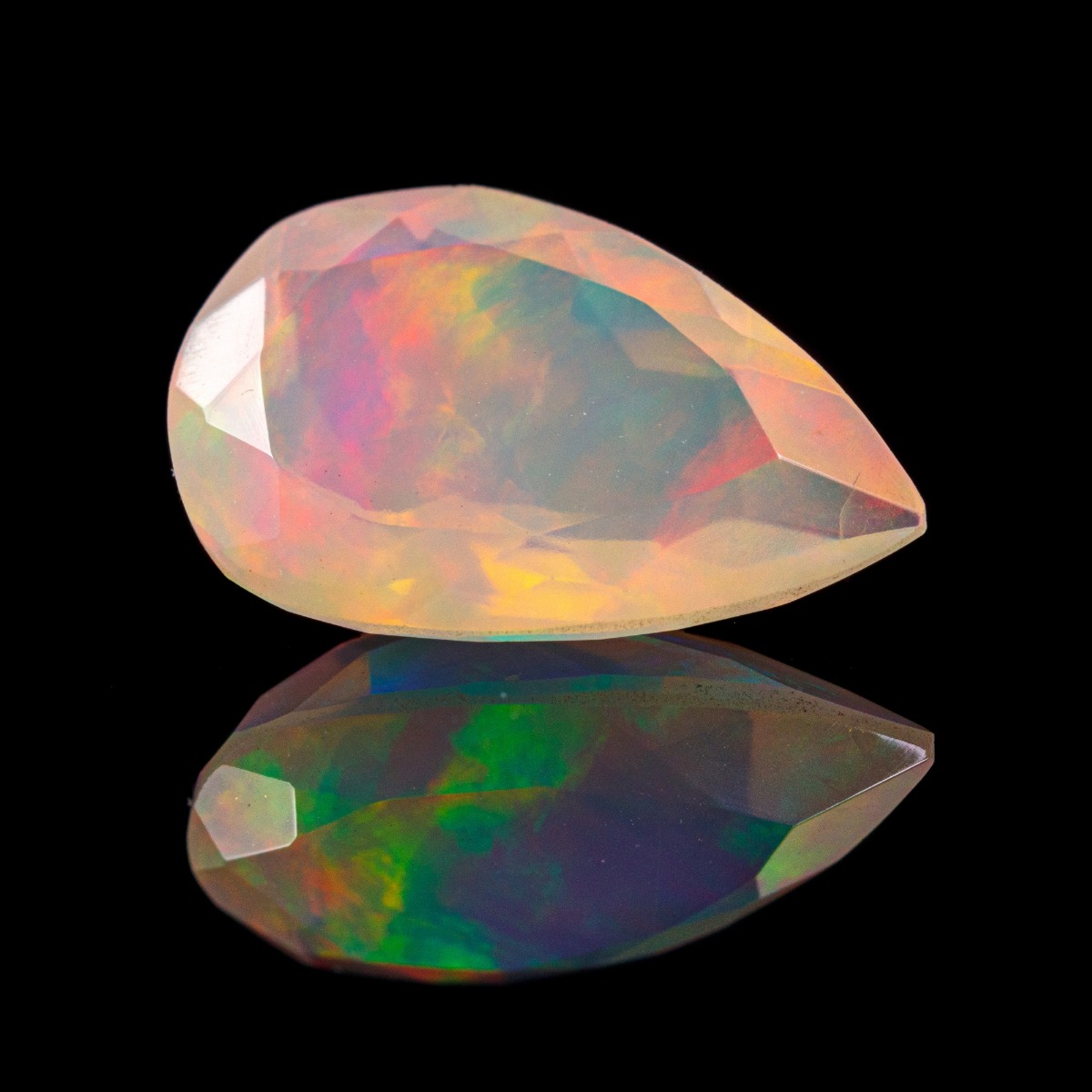
Play of colour phenomenon in Opals: The magical light dance within the stone
2. The play of colour phenomenon – The dance of light
One of the most captivating reasons why opal is often called the gem that dances with light lies in a stunning visual effect known as the play of colour phenomenon. When you gently turn an opal under a light source, the colors inside the stone seem to shift and change. At one angle, you might see a flash of vibrant green. At another, a warm red, a burst of gold, or a hint of violet appears. It feels as though the light itself is moving within the gem, creating a beautiful and unpredictable dance of color.
This magical effect comes from deep within the structure of the opal. The stone contains millions of microscopic silica spheres that are packed closely together in layers. These layers interact with light, causing it to bend, break, and scatter into a spectrum of colors. This natural diffraction is what creates the play of colour phenomenon, making each opal look alive with shifting rainbows as you view it from different angles.
It is important to note that not all opals display this effect. Only Precious Opal, the rare and valuable variety, shows a strong and vibrant play of colour. In contrast, Common Opal, while still beautiful in its way, lacks this optical behavior and typically appears in solid or milky tones without color shifts.
Thanks to the play of colour phenomenon, Precious Opal stands out as a truly unique gemstone. It is more than just a stone. It is a natural light show, a reflection of nature’s creativity, and a gem that captures attention through its ever-changing beauty.
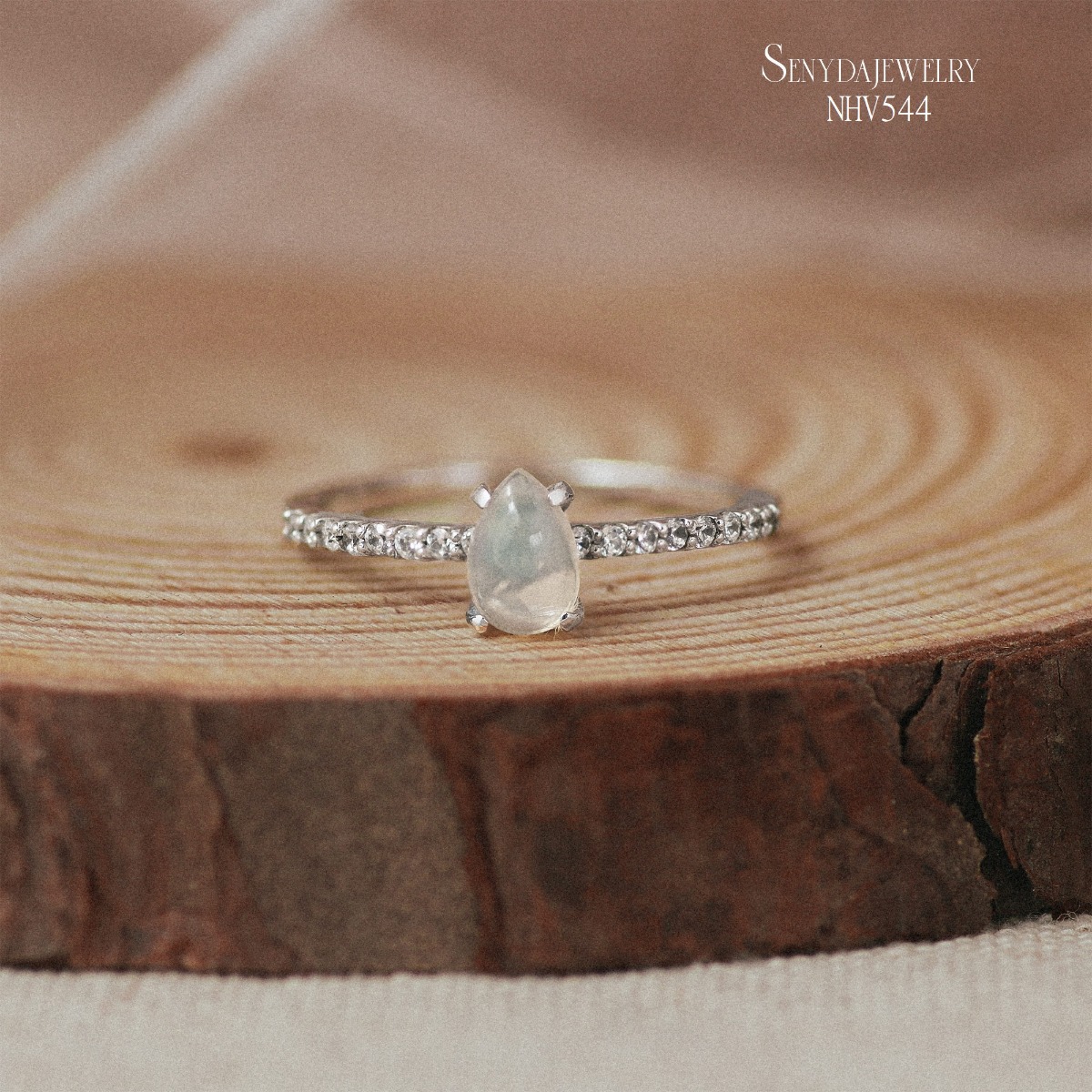

Play of colour phenomenon in Opals: The magical light dance within the stone
3. The magical patterns within opal that make each gem one of a kind
Beyond its vibrant colors and shifting light, opal captures hearts with the intricate natural patterns found deep within each stone. These patterns are not just beautiful but are also a key part of what makes opal known as the gem that dances with light. Thanks to the unique structure behind the play of colour phenomenon, each opal reveals a visual story unlike any other.
One of the most commonly seen effects is called pinfire, where tiny, sparkling dots appear scattered across the surface of the stone like stars in a night sky. These small flashes create a delicate and twinkling appearance that many find enchanting.
Rarer and highly prized is the harlequin pattern, known for its bold, square or diamond-shaped patches of color arranged in a mosaic-like layout. This pattern is extremely rare and considered one of the most valuable types within the world of precious opals due to its clarity, symmetry, and vibrant contrast.
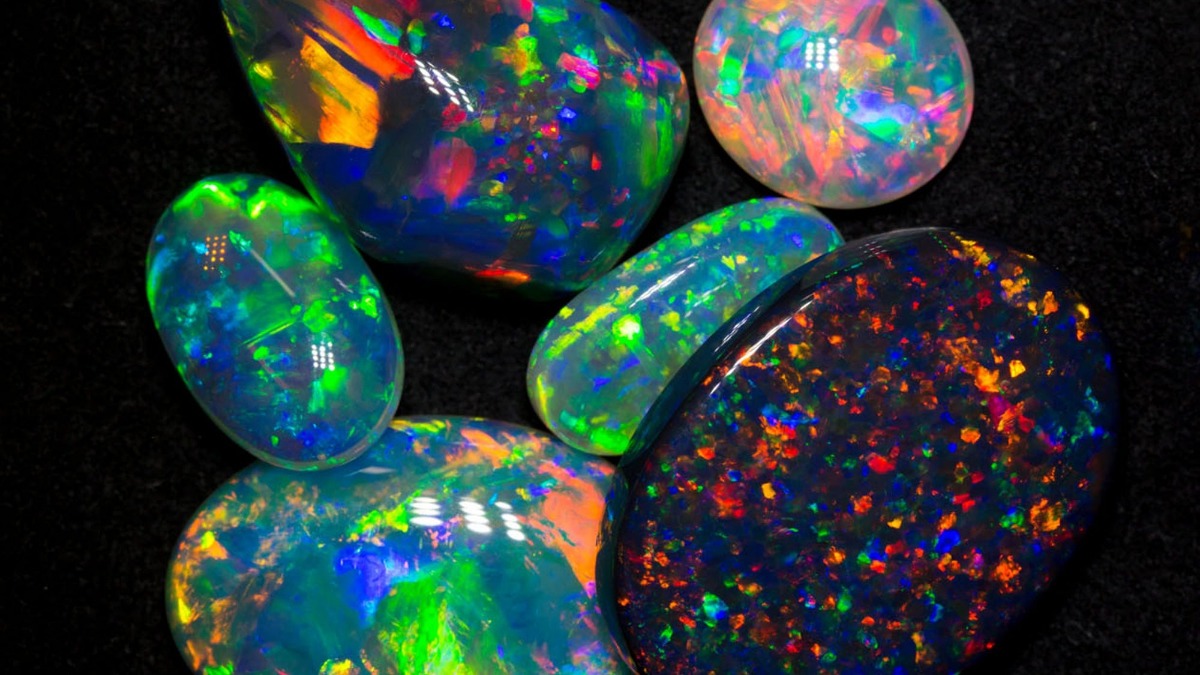
Play of colour phenomenon in Opals: The magical light dance within the stone
Another fascinating feature is the rolling flash, where the color seems to glide or roll across the stone as you tilt it. This effect creates a fluid movement of light, giving the impression that the colors are alive and dancing with every change in angle. It is a stunning example of how the play of colour phenomenon brings opal to life.
In addition to these effects, some opals display soft cloud-like formations, swirling lines, or layered color bands that give the stone depth and an ethereal, dreamlike quality. These natural markings enhance the emotional connection people feel when holding or wearing an opal. No two are ever the same, and each one seems to hold a little piece of nature’s imagination.
The more we explore the Play of colour phenomenon, the more we realize that opals are not just gemstones, they’re tiny masterpieces of nature, alive with shifting light and vibrant emotion. Each opal tells a different story through its unique dance of colors, making it more than just an accessory, but a symbol of individuality and inner beauty. Whether you’re a gemstone enthusiast or simply drawn to things that spark wonder, understanding the Play of colour phenomenon offers a deeper appreciation for why opals continue to captivate hearts around the world. In a world full of stones, opal is the one that truly dances.
